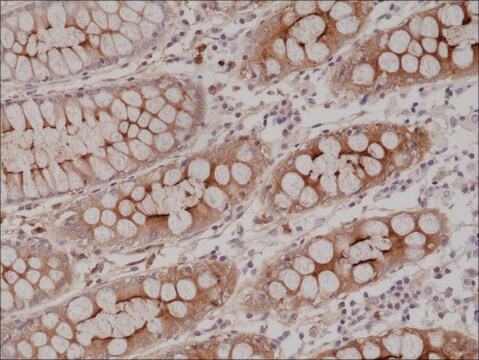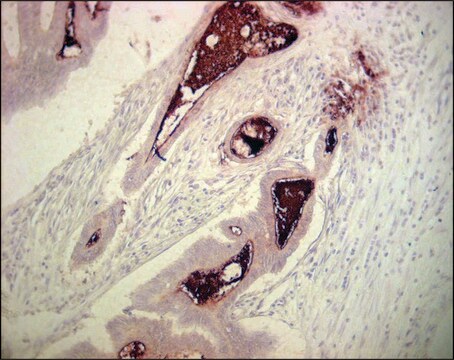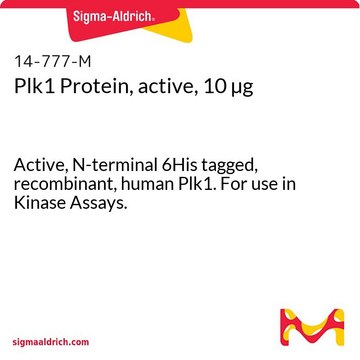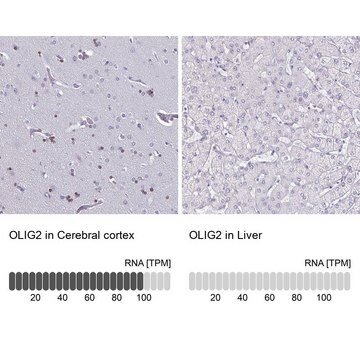About This Item
Produtos recomendados
fonte biológica
rabbit
Nível de qualidade
100
500
conjugado
unconjugated
forma do anticorpo
Ig fraction of antiserum
tipo de produto de anticorpo
primary antibodies
clone
polyclonal
descrição
For In Vitro Diagnostic Use in Select Regions (See Chart)
Formulário
buffered aqueous solution
reatividade de espécies
human
embalagem
vial of 0.1 mL concentrate (236A-14)
vial of 0.5 mL concentrate (236A-15)
bottle of 1.0 mL predilute (236A-17)
vial of 1.0 mL concentrate (236A-16)
bottle of 7.0 mL predilute (236A-18)
fabricante/nome comercial
Cell Marque™
técnica(s)
immunohistochemistry (formalin-fixed, paraffin-embedded sections): 1:200-1:500
controle
colon
Condições de expedição
wet ice
temperatura de armazenamento
2-8°C
visualização
cytoplasmic
Informações sobre genes
human ... CEACAM5(1048)
Categorias relacionadas
Descrição geral
Ligação
forma física
Nota de preparo
Outras notas
Informações legais
Não está encontrando o produto certo?
Experimente o nosso Ferramenta de seleção de produtos.
Escolha uma das versões mais recentes:
Certificados de análise (COA)
Não está vendo a versão correta?
Se precisar de uma versão específica, você pode procurar um certificado específico pelo número do lote ou da remessa.
Já possui este produto?
Encontre a documentação dos produtos que você adquiriu recentemente na biblioteca de documentos.
Nossa equipe de cientistas tem experiência em todas as áreas de pesquisa, incluindo Life Sciences, ciência de materiais, síntese química, cromatografia, química analítica e muitas outras.
Entre em contato com a assistência técnica





